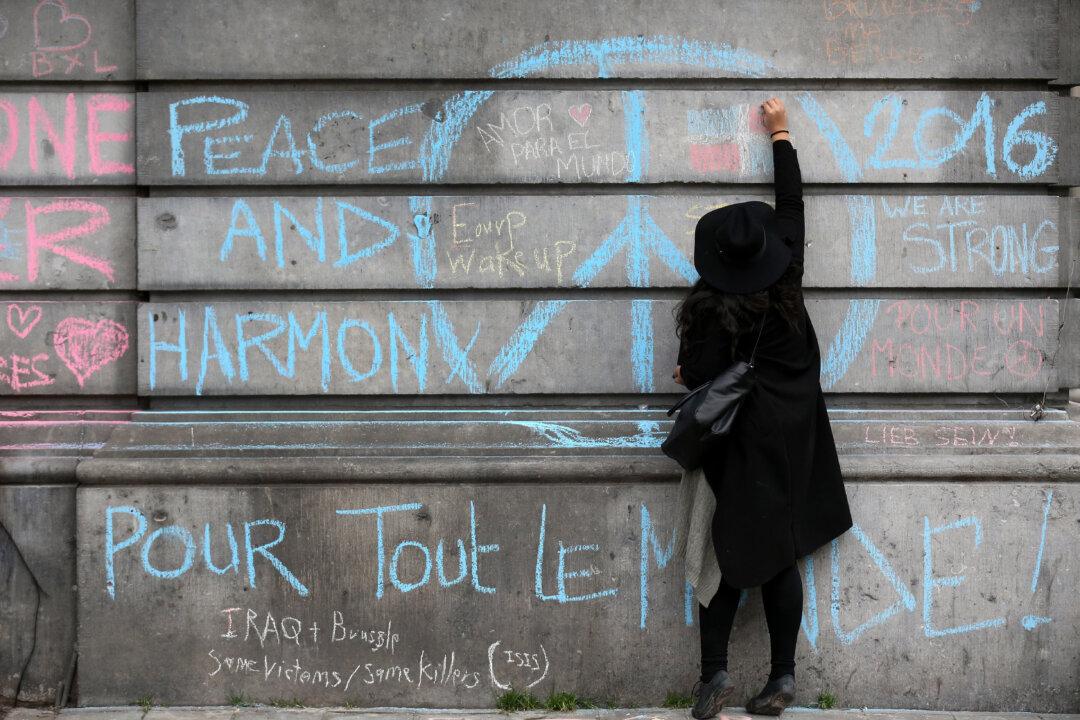The world is rightly shocked by the immense pain and suffering caused by the deadly attacks at Zaventem airport, Brussels, and on the city’s metro. But it is also important to consider that while such acts need to be condemned in the strongest possible terms, the way people respond to them can also illustrate a more positive side to human nature.
People affected by attacks such as those in Brussels often behave much better than is traditionally expected by the authorities and in popular discourse. People tend to come together en masse to respond to such incidents and support each other in the face of adversity.
The term “panic” is widely used by the media to describe crowd responses to mass terrorist attacks, and Brussels was no exception with mobile phone footage clearly showing people fleeing the Zaventem airport terminal. Yet so far there is no evidence of actions that might be associated with “panicked” behavior—such as pushing or trampling over others to get out.
One could even say that people’s speed at fleeing the scenes of the attacks was a logical response to a credible threat. Brussels had been bracing itself for a terror attack in the wake of the November attacks in Paris, and was on a heightened state of alert following recent anti-terror raids.
